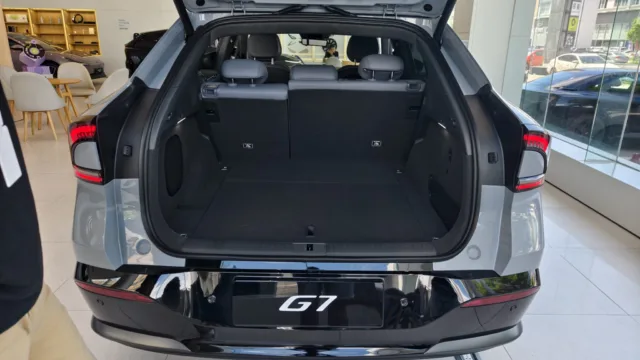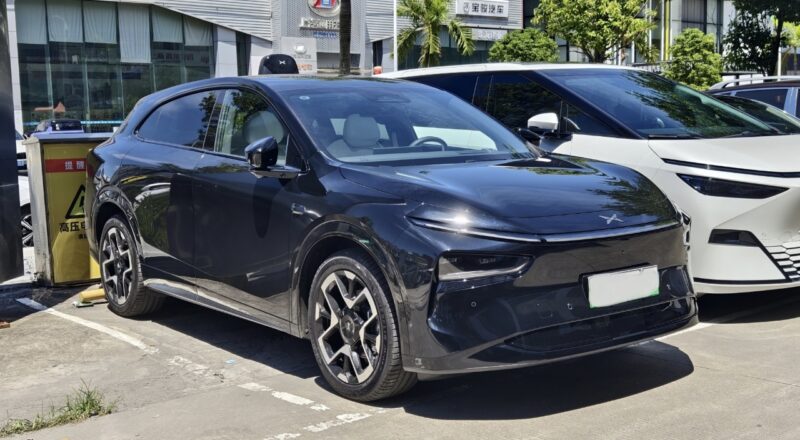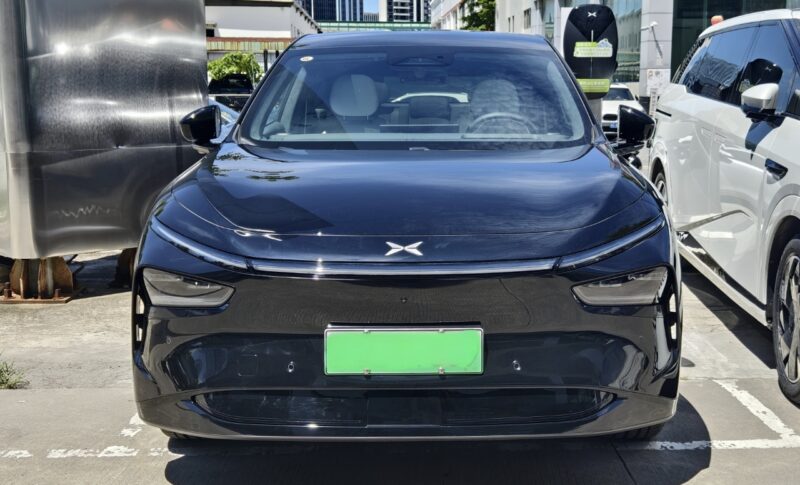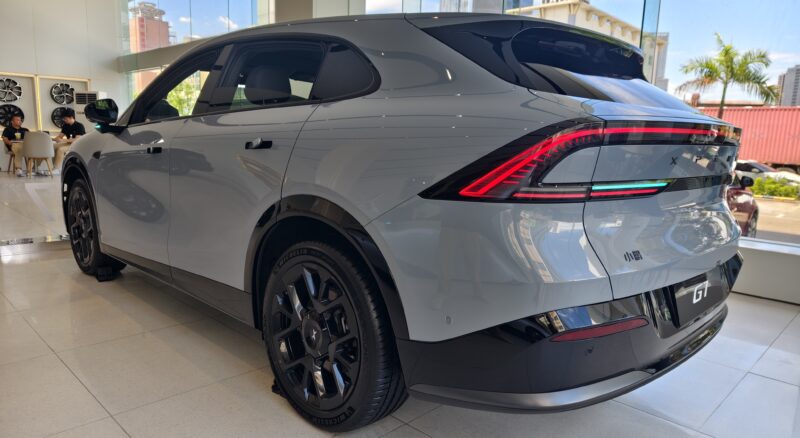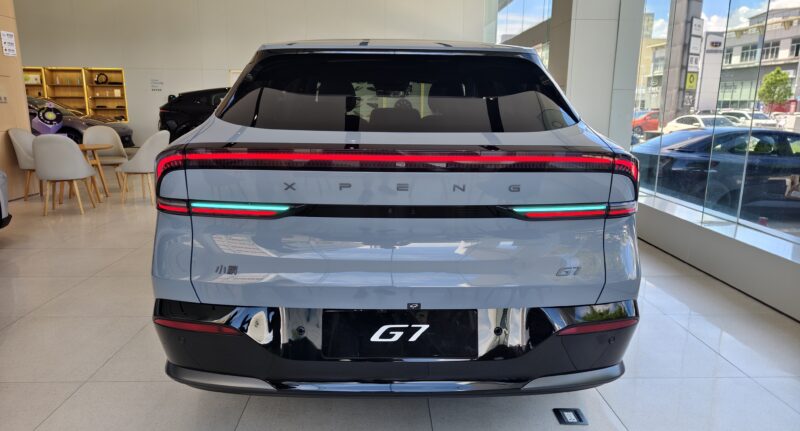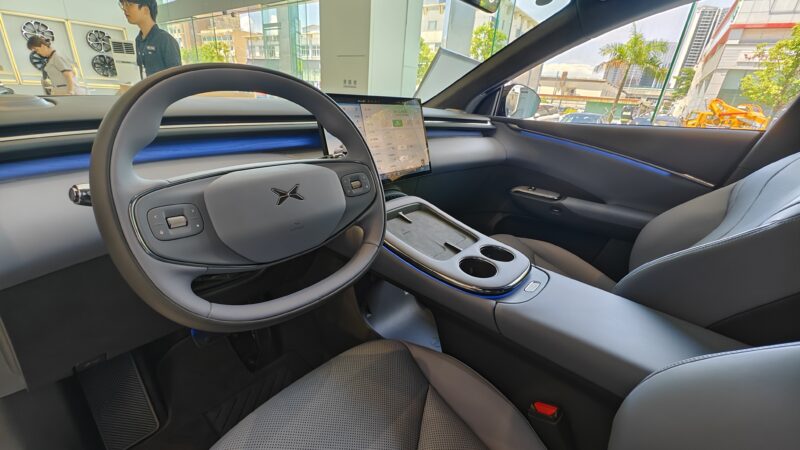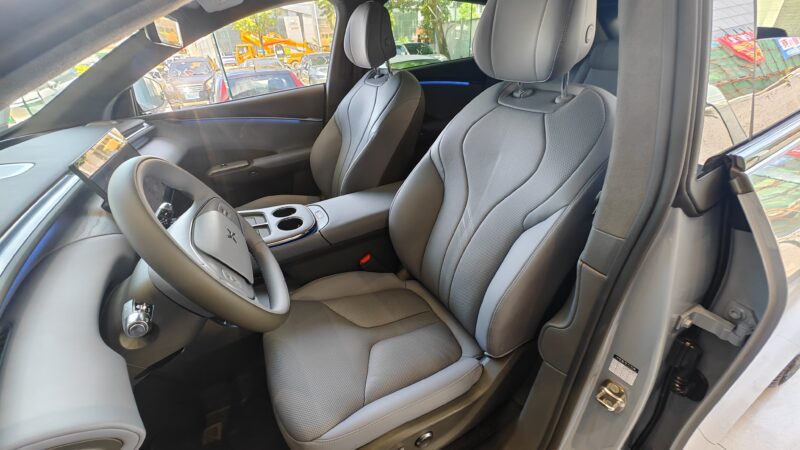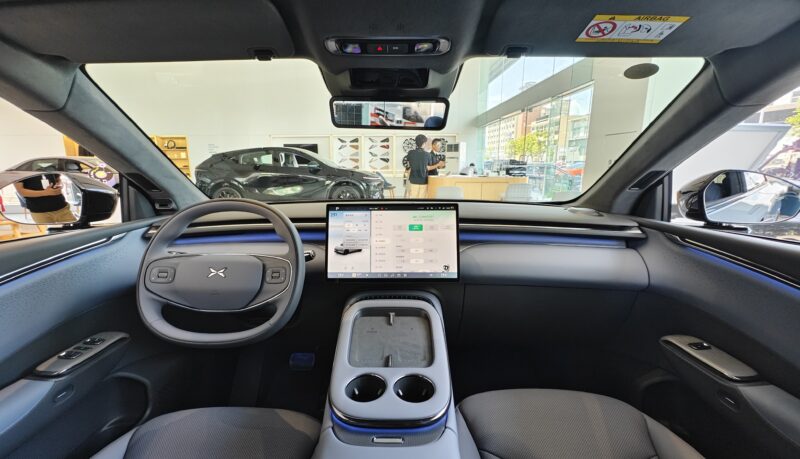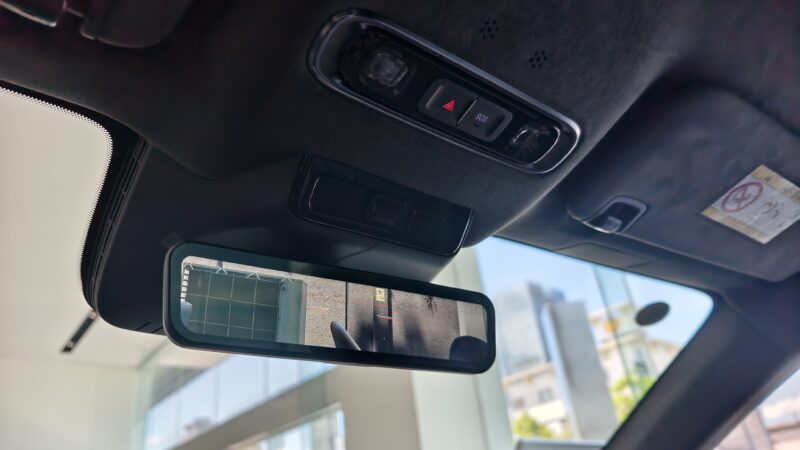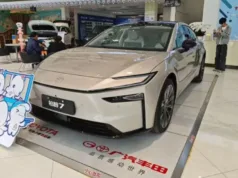In a segment defined by the Tesla Model Y and emerging competitors like the Xiaomi YU7, Xpeng’s new G7 enters the mid-size EV SUV market with a strong focus on intelligent driving, premium cabin experience, and efficient packaging. The G7 has officially launched on 3 July, starting at 195,800 yuan (27,325 USD). It positions itself above the G6, stretching 4,892 mm in length and riding on a 2,890 mm wheelbase.
Available in Max and Ultra trims, the G7 is powered by a 218 kW rear motor and offers two battery options: 68.5 kWh and 80.8 kWh, with a CLTC-rated range of up to 702 km on 18-inch wheels. Xpeng claims the G7 supports whole-vision-based Level 3 driving via its XNGP platform, powered by two or three Turing chips with up to 2,250 TOPS of computing power, depending on the trim.
Exterior
The G7’s second-generation “X Face” design features a wide light bar, vertical split headlamps integrated into the air ducts, and an active grille that adjusts seamlessly between 0% and 100% depending on thermal needs. Unlike many SUVs in the same segment that opt for a bulbous rear to expand cabin space, the G7 manages an elegant roofline while maintaining cargo capacity and rear headroom. Key touches include 20-inch wheels with Michelin Pilot Sport EV tyres, soft-close frameless doors, and a hidden rear wiper tucked under the spoiler. The tail section finishes with a full-width LED bar and dynamic indicator elements built into the cluster.
Interior
Our test vehicle was the Max trim, which already boasts high-grade features across the board. Stepping inside, you’re greeted by a layered dashboard design and real wood accents, all of which combine to elevate the tactile experience. The 87-inch AR-HUD system, developed in collaboration with Huawei, projects AR navigation and lane-level data, even in strong sunlight, thanks to its 12,000-nit brightness. A 15.6-inch central floating screen fully replaces the digital gauge cluster, and rear occupants benefit from an 8-inch entertainment and control panel.
Xpeng has invested in rear-seat comfort, offering massage, ventilation, and heating on all four seats. Additionally, rear passengers receive a cooled wireless charging pad, a fold-out tray table behind the front passenger seat, and even a reclining seat with electric adjustment. Headroom and legroom were sufficient for testers up to 1.8 meters tall. Meanwhile, soft surfaces abound—even the glovebox is lockable via an electronic keypad for added privacy.
Storage space is also a standout. The G7 offers 819 litres in standard form and up to 2,277 litres with rear seats folded. There’s a significant underfloor compartment in the cargo area, 3-kg-rated hooks on both sides and a 12V outlet to support accessories such as camping equipment.
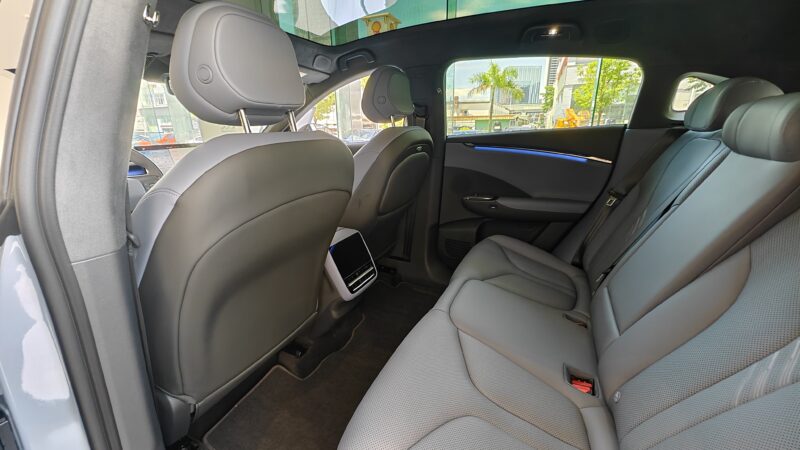
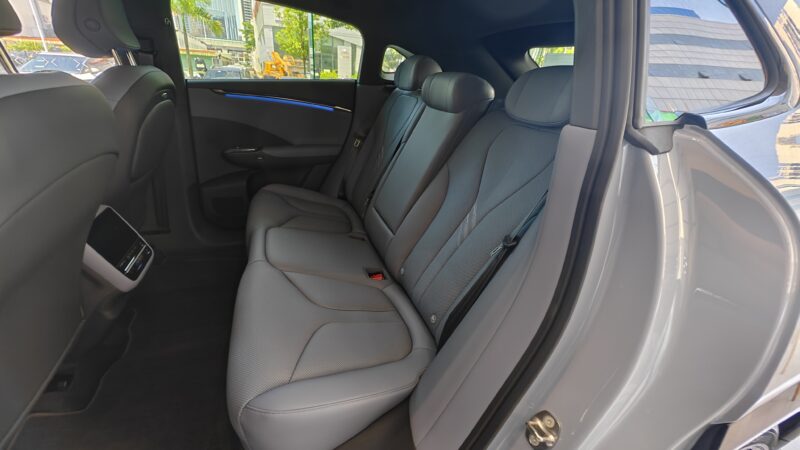
Behind the Wheel
On the road, the G7 offers a ride quality that leans toward complete comfort rather than sport-tuned firmness. The dual-chamber air suspension, featuring predictive damping that scans up to 30 meters ahead, effectively cushions imperfections. Still, the energy recovery tuning may be slightly aggressive even in its lowest setting—a tweakable detail that Xpeng could refine before mass delivery.
Drivers can toggle among comfort, standard, and sport suspension modes. In comfort, the ride isolates most bumps, though it can feel overly soft when pushed. In sports, cornering becomes firmer with reduced body roll. The underpinnings—a double-wishbone front and multi-link rear setup with hydraulic bushings—are more sophisticated than many peers at this price point.
The G7’s steering feels light yet predictable. Forward visibility is enhanced by a low cowl and narrow A-pillars, while the repositioned mirrors and frameless windows improve side visibility. The cabin remains quiet at speed, thanks to double-laminated acoustic glass in the front and privacy glass in the rear.
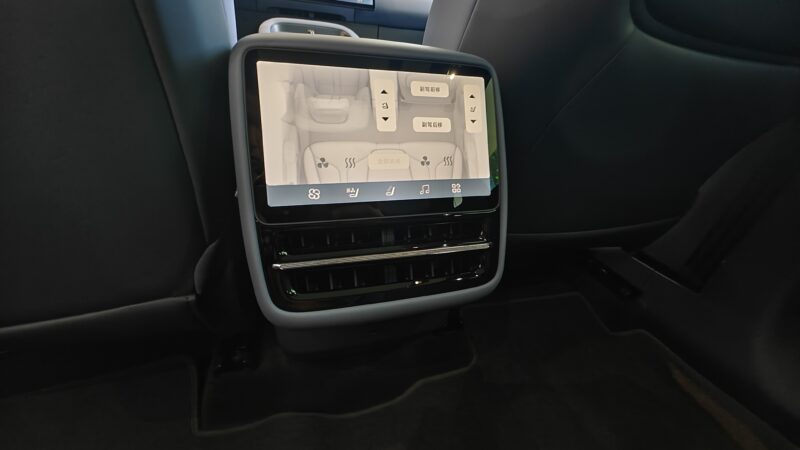
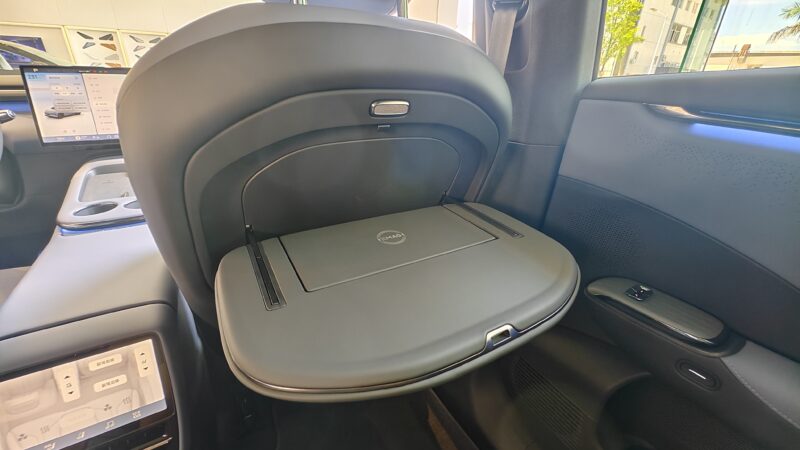
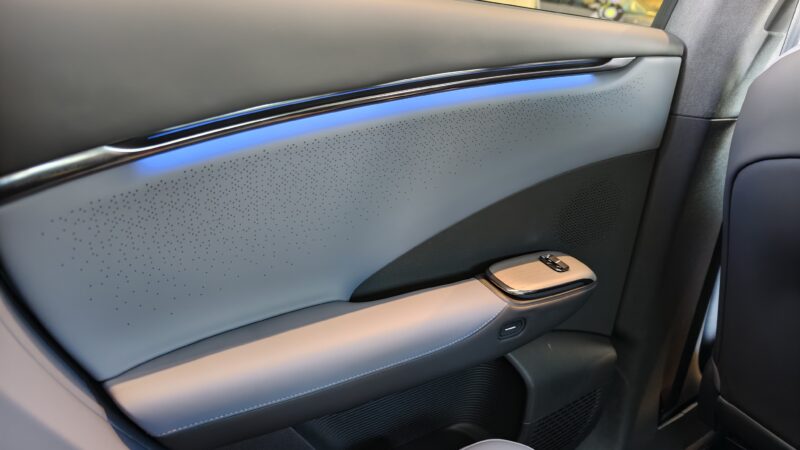
Xpeng’s XNGP driving assistant operates without lidar and relies solely on camera sensors. In Max trim, it utilises two Turing chips for a claimed compute performance that exceeds that of many lidar-based competitors. During our test drive, the system handled multi-lane intersections, unmarked detours, roadside vendors, and unsignaled crosswalks with confident behaviour. Defensive driving routines—such as yielding to fast-approaching trucks or braking smoothly near scooters—showcase a system designed for real-world edge cases.
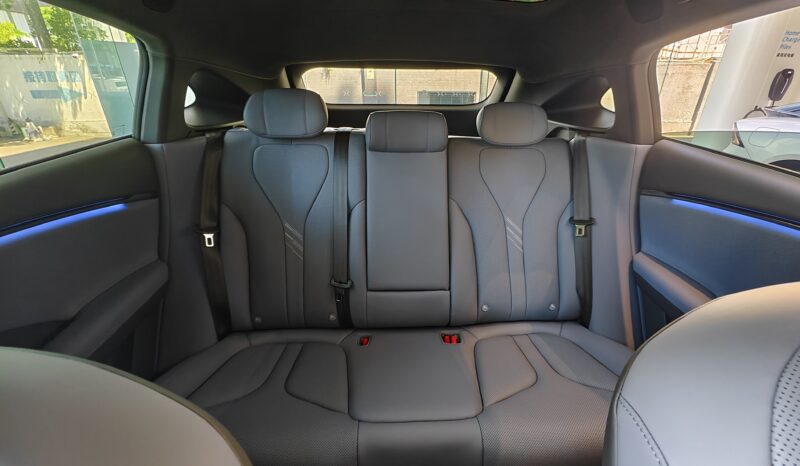
The system did require occasional manual intervention. For example, while near a market stall, it generally made decisions mirroring a cautious but decisive human driver. Dynamic lane changes, automatic signalling, and precise AR guidance all reinforce the idea that Xpeng is closing the gap with Tesla’s FSD in everyday conditions. Still, features like auto lane changes during traffic and in roundabouts occasionally lacked polish, indicating a need for software maturity before full rollout.
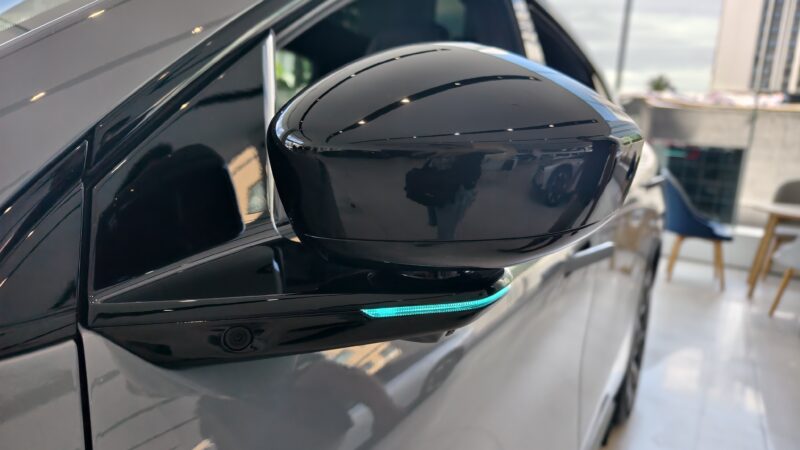
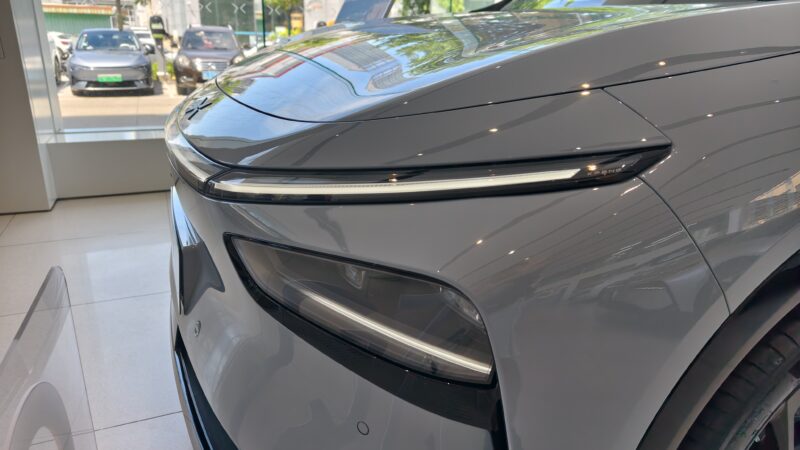
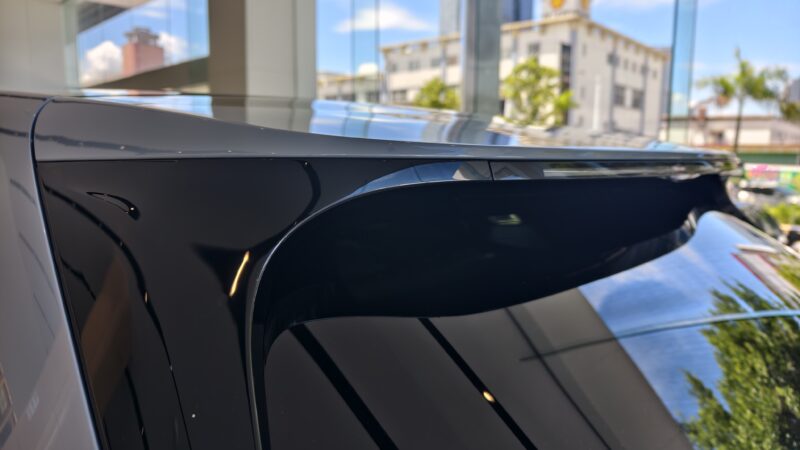
Verdict
The G7 leaves a positive overall impression, especially as a family car that doesn’t compromise on design or intelligence. Its real strengths lie in interior comfort, high configurability, and thoughtful utility, while the XNGP system offers a promising preview of future autonomy. For buyers looking beyond the mainstream Tesla Model Y, the tech-focused Zeekr 7X, or waiting a year for the YU7, the G7 provides a balance of value and next-generation features without requiring the highest trim to enjoy them.
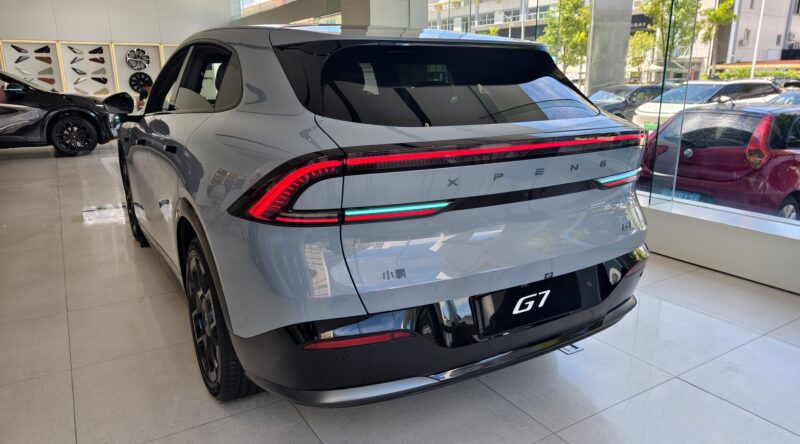
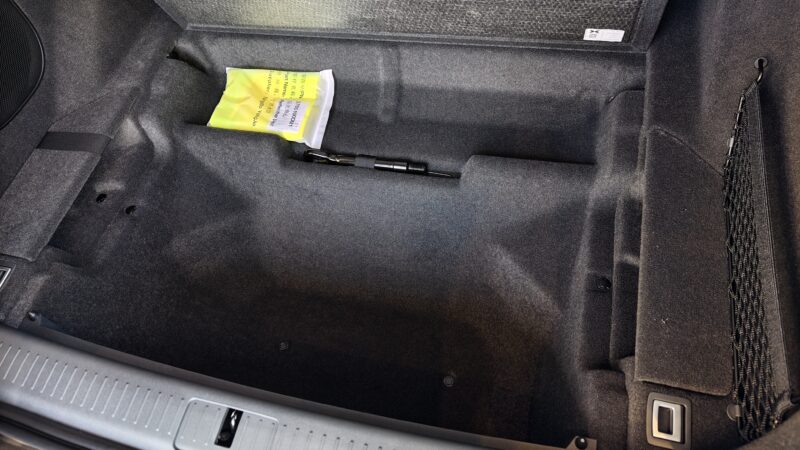
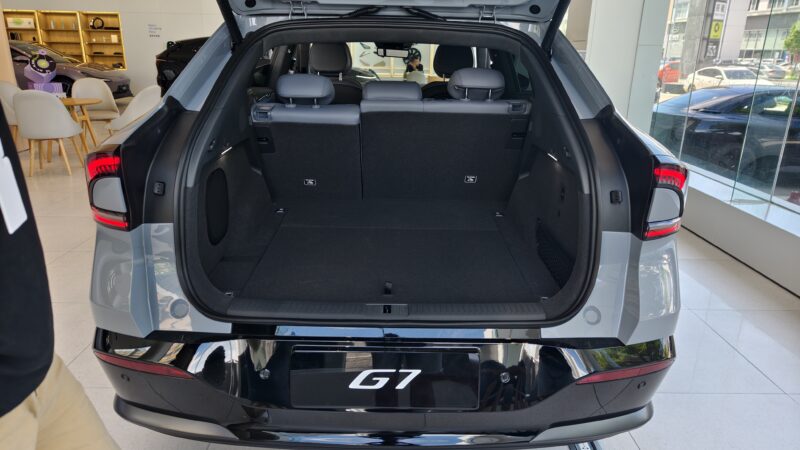
Stay tuned for next week’s Sunday China Drive at Car News China, where you can read more first-person evaluations of Chinese cars.
Follow us for ev updates


